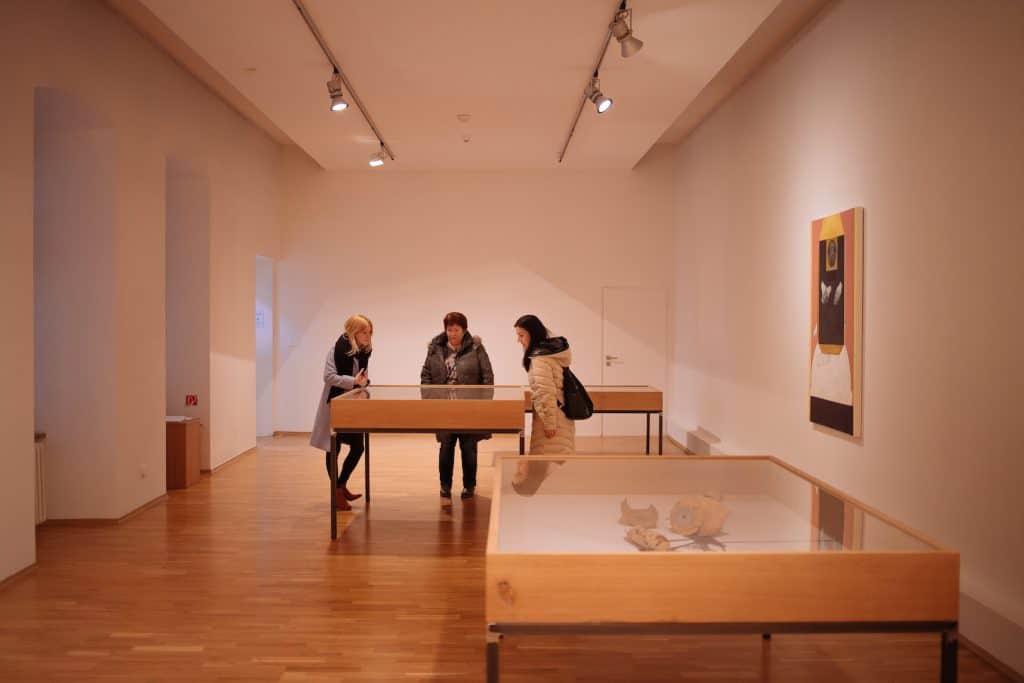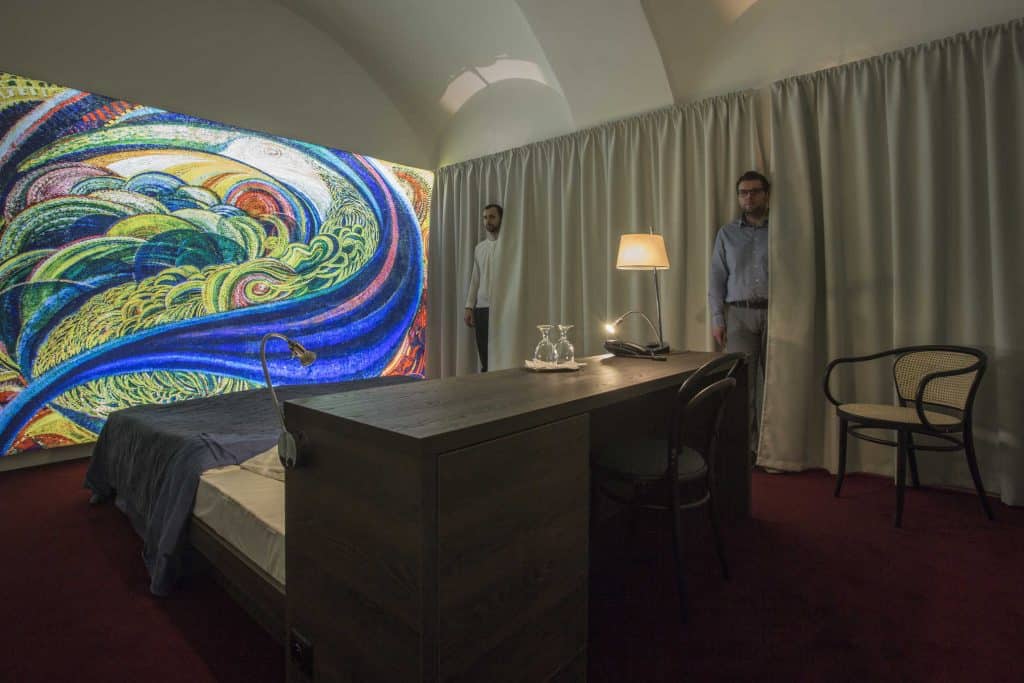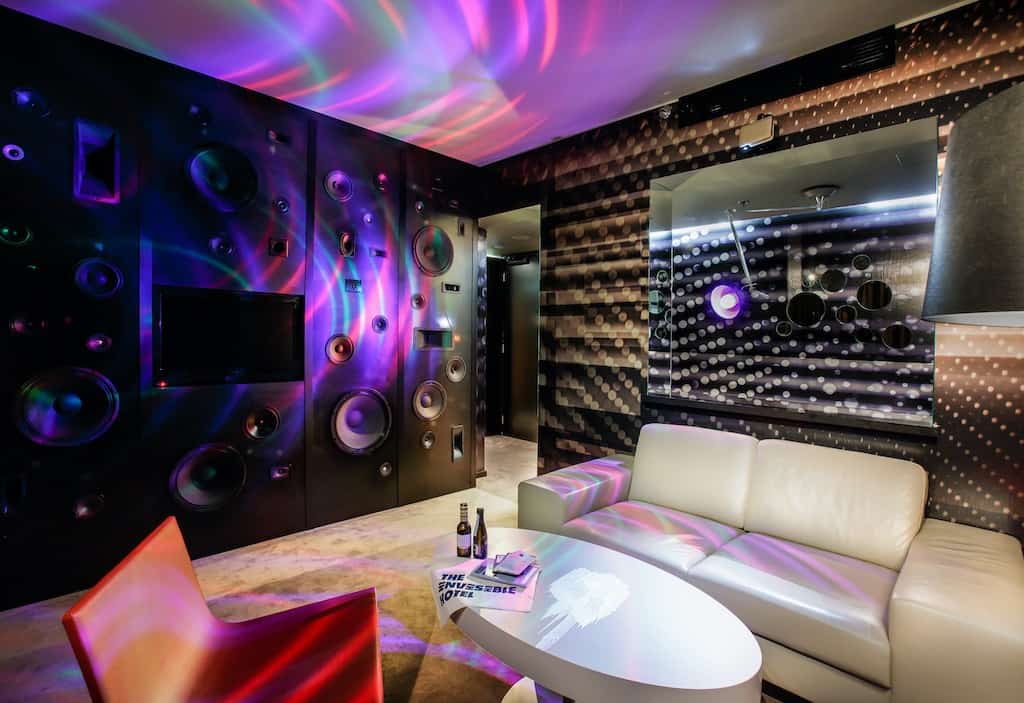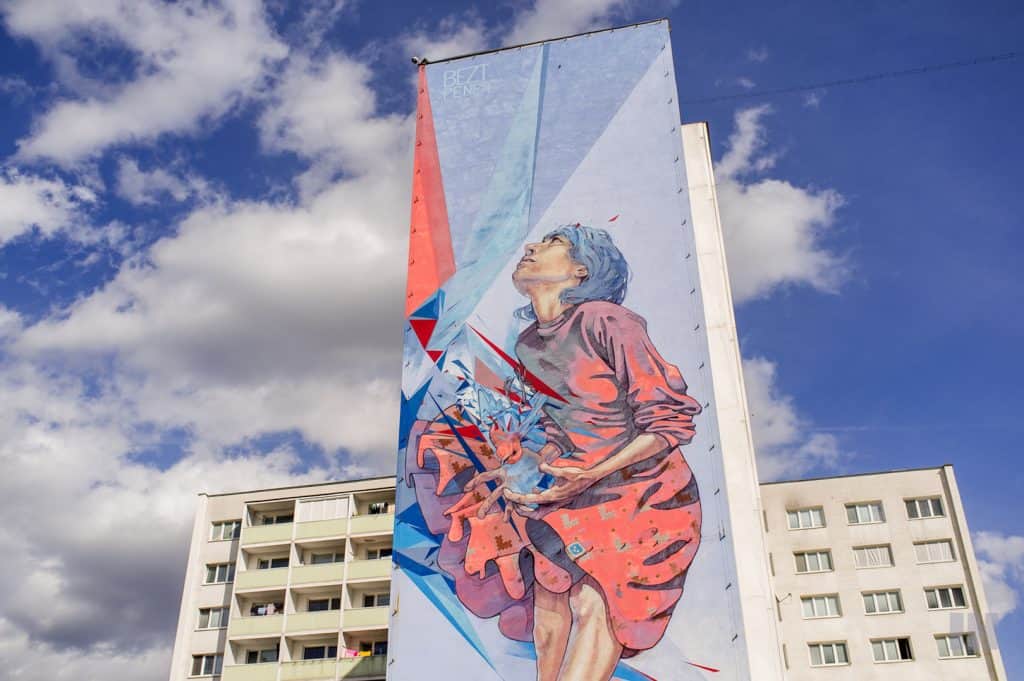Creativity as a driving force for tourism and economic support will be crucial for the post-pandemic period. Slovak destinations will compete for domestic visitors and it is the creative approach to the tourist offer that can influence their decision-making. What can we achieve with a little bit of creativity and to what extent do we use it in local tourism today?
Košice is dominated by cultural and urban tourism, which is inextricably linked to its nature. The second largest city in Slovakia received the title of European Capital of Culture 2013, and besides the new investment projects, the title contributed to a strong creative sector which continues to develop the opportunities for tourism until today. This endless creative potential in Košice is reflected in another title – UNESCO Creative City of Media Arts. The vibrant life in the city is the result of international sport events, three universities, and strong gastronomic tradition. The city has rich history and remarkable architecture, cultural and social events and up to 13 UNESCO sites are less than two hours away. All this contributes to the emergence of creative innovations in the tourism sector. “Visiting the capital city is natural for people, they often choose to stay. They choose water, hiking or traveling for places that have a particular landmark. It’s worth coming to Košice precisely because of its creative sector and what has emerged from it so far,” says Michaela Halász, director of Visit Košice.
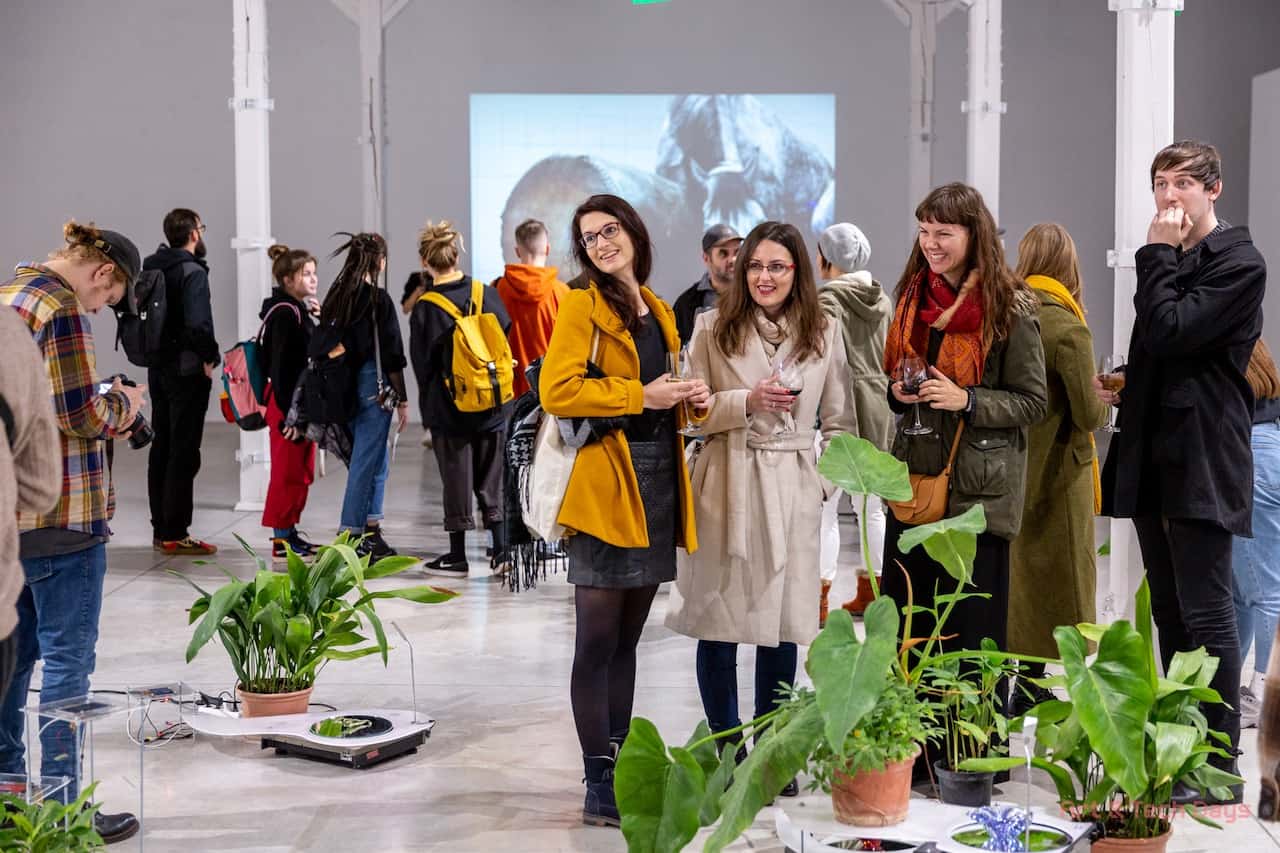
They contribute to tourism just by doing what they like
It is natural that creatives work in the city they live in. They don‘t create their work specifically for tourists, they just want to present itit in the space that surrounds them. The contribution to the tourism sector is in fact a side effect of their activities. Thanks to this, we have small alternative galleries in the city such as Šopa or VUNU and innovative workshops, which were created thanks to the innovative management of traditional institutions, such as the East Slovak Gallery.
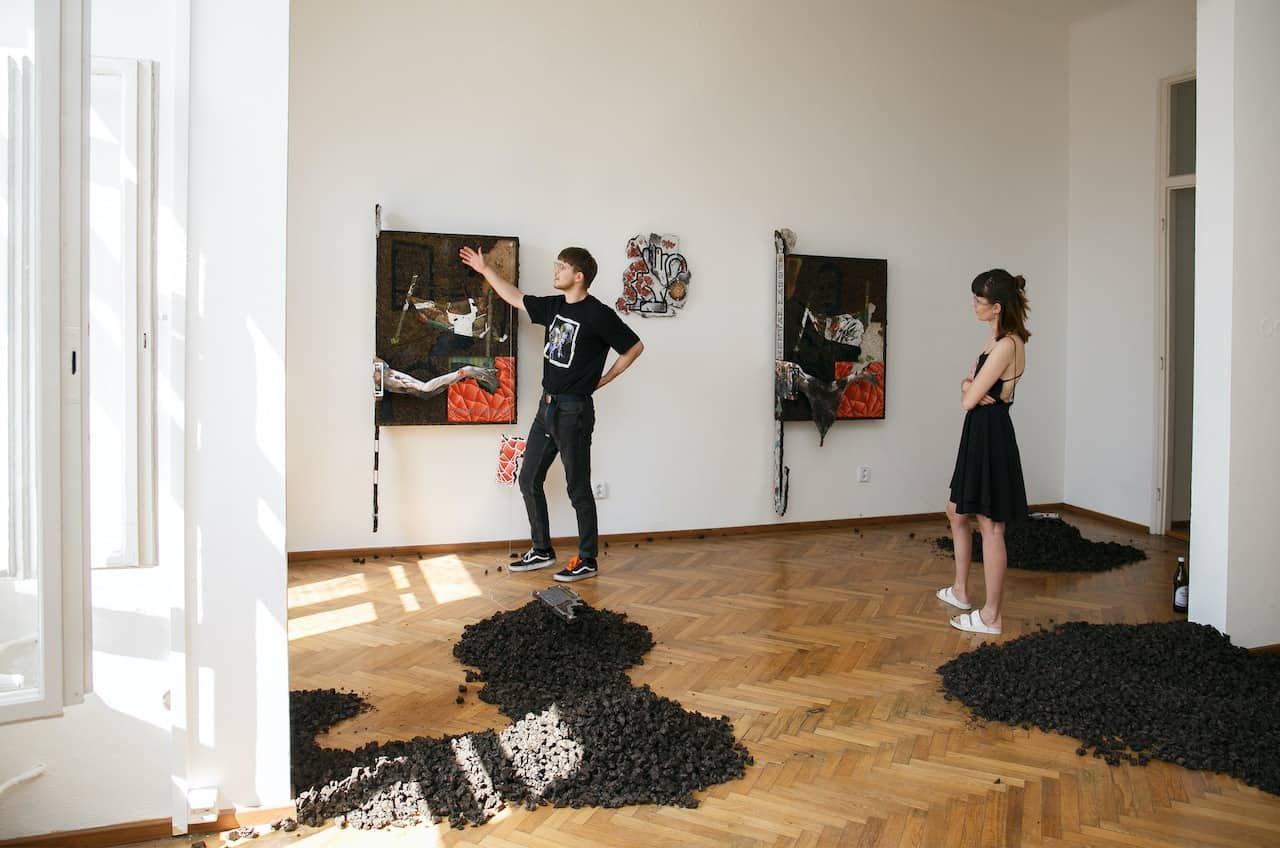
Creative individuals find support here, in implementing their plans through local centres and organizations. Thanks to this, CHAT was established in the city – a center where Linda van Dalen treats her clients through art therapy. In addition to children’s workshops, she organizes, for example, Wine & Paint workshops for adults. Her work is also an opportunity for the tourists, who can take part in it and get to know the city through its locals and gain a unique experience, apart from the traditional attractions which are to be found in Bedekers.
The Košice creatives brought to the city a special concept of The Invisible Hotel, a hotel that doesn’t really exist because it consists of 4 design rooms located at 4 different partner hotels. Each room tells a unique story connected to the city designed by local artists. In addition, the visitor will also find an exclusive selection of the best local handicraft products and free tickets to the city’s most iconic cultural and creative institutions.
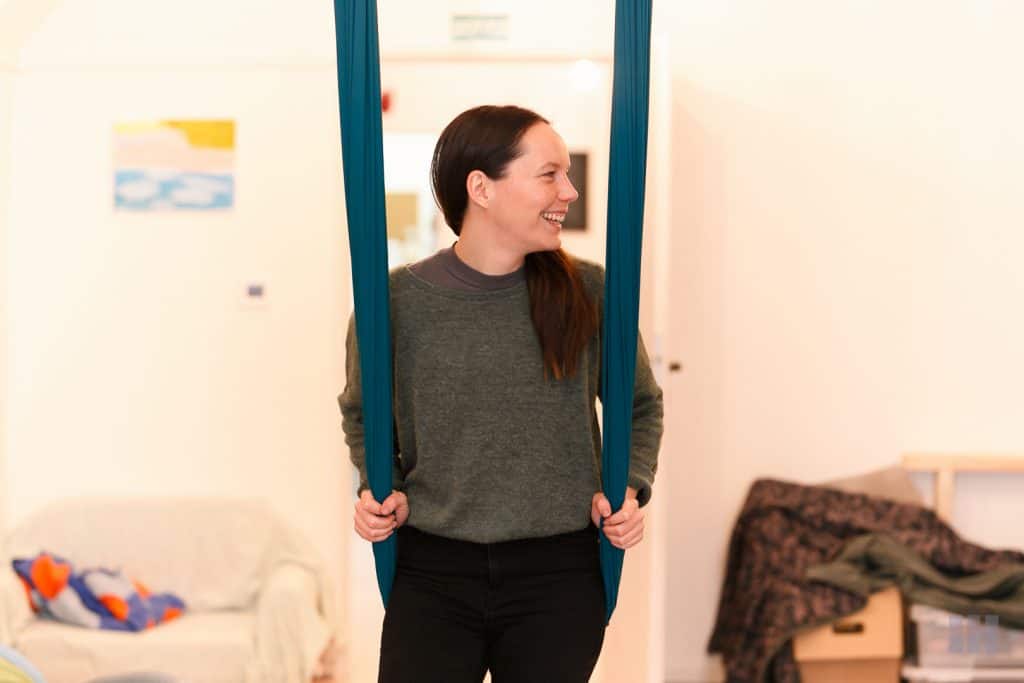
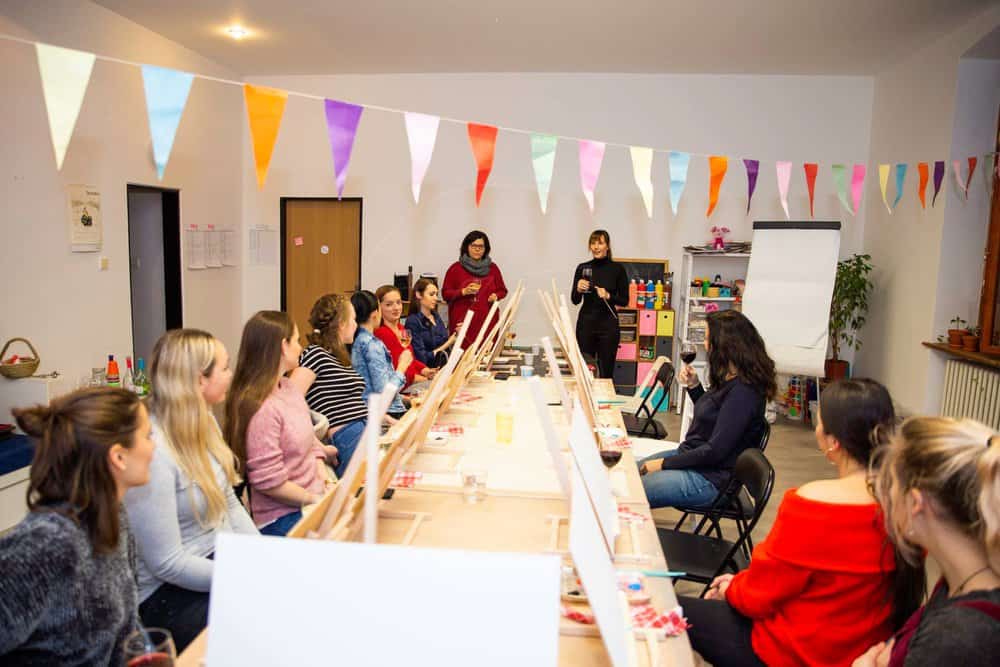
Zdroj: CHAT
Art is changing the public space
Thanks to artists like Viktor Féher and Street Art Communication, Košice also has the largest Open Mural Gallery (OMG) in Slovakia. The exhibited works are located on the facades of residential buildings and they are spread across the city. Today, they are an integral part of the public space and a free aesthetic experience for everyone who happens to be passing by.
The Visit Košice Information Center is awaiting a creative reconstruction. The selected architectural study builds on the title UNESCO Creative City of Media Arts. “In the design, they connect the metallurgic industry, which is a characteristic of Košice, with the IT sector. After the reconstruction, the interior will be furnished with steel furniture with built-in smart elements, such as an interactive map or special audio elements in several languages,” explains Michaela.
In front of the city hall’s entrance, they will place a totem with elements of media arts, which will project the image and sound of the fountain that’s inside. Media-arts information boards will be installed in the shop windows behind the gate. A darkened room for video mapping will also be created here. Students of the Faculty of Arts at the Technical University of Košice will be able to present their digital works here regularly.

Source: DOXA architekti 
Source: DOXA architekti
The experience of the visitor should be authentic
During their stay in the city, the visitors should be able to get to know the local life as deeply as possible. The tourist offer should meet their needs and provide products and services unique to the city and the people who live in it. There is a space for tailor-made tourist programs and individual souvenirs made by local artists instead of magnets imported from China. All new products and services change the character of the city and emphasize its uniqueness.
In the competition for a domestic visitor in the next tourist season, the uniqueness and quality of local products and services will be decisive. The creativity used by the destinations will attract people and positively affect the local economy.


